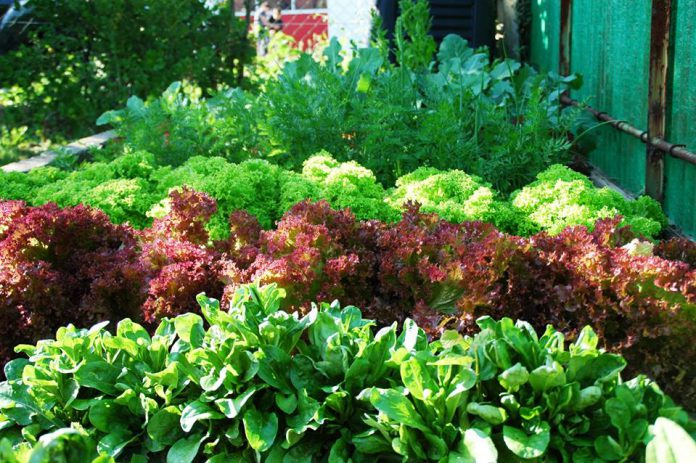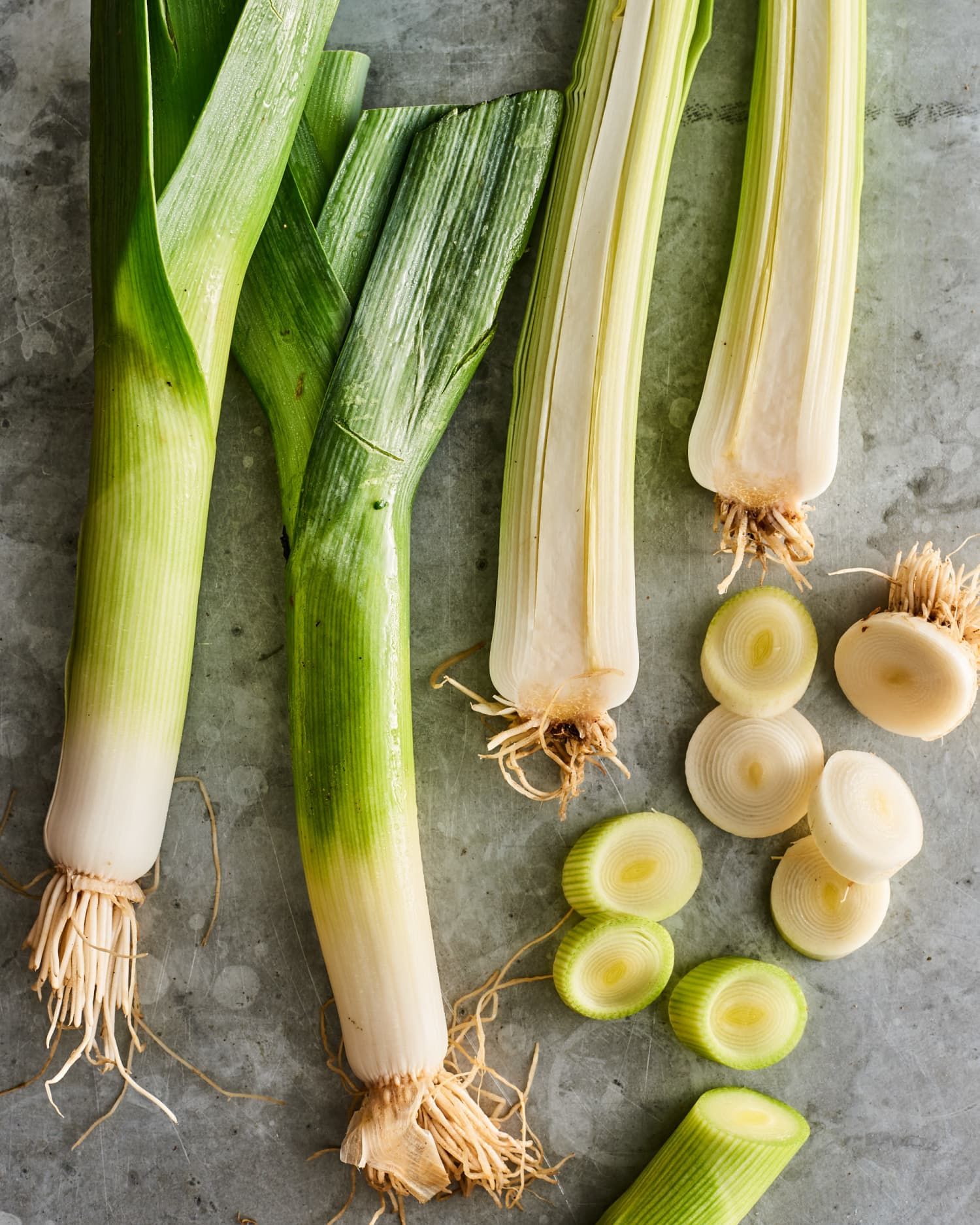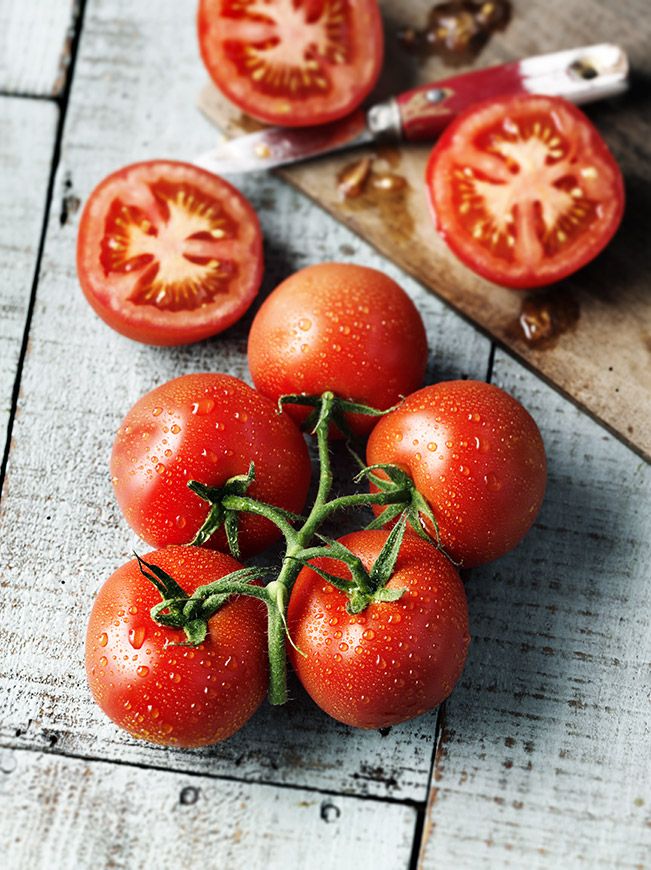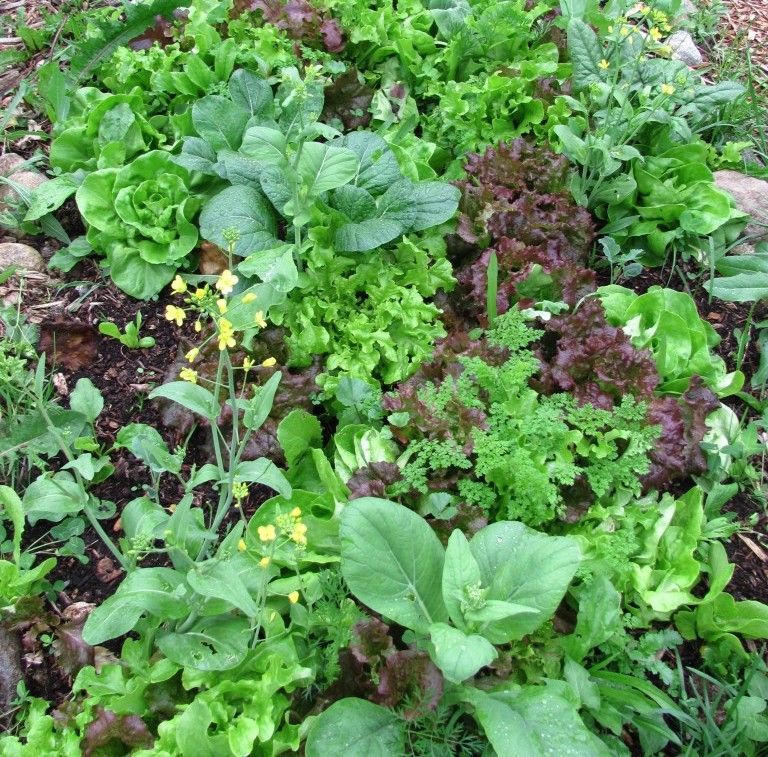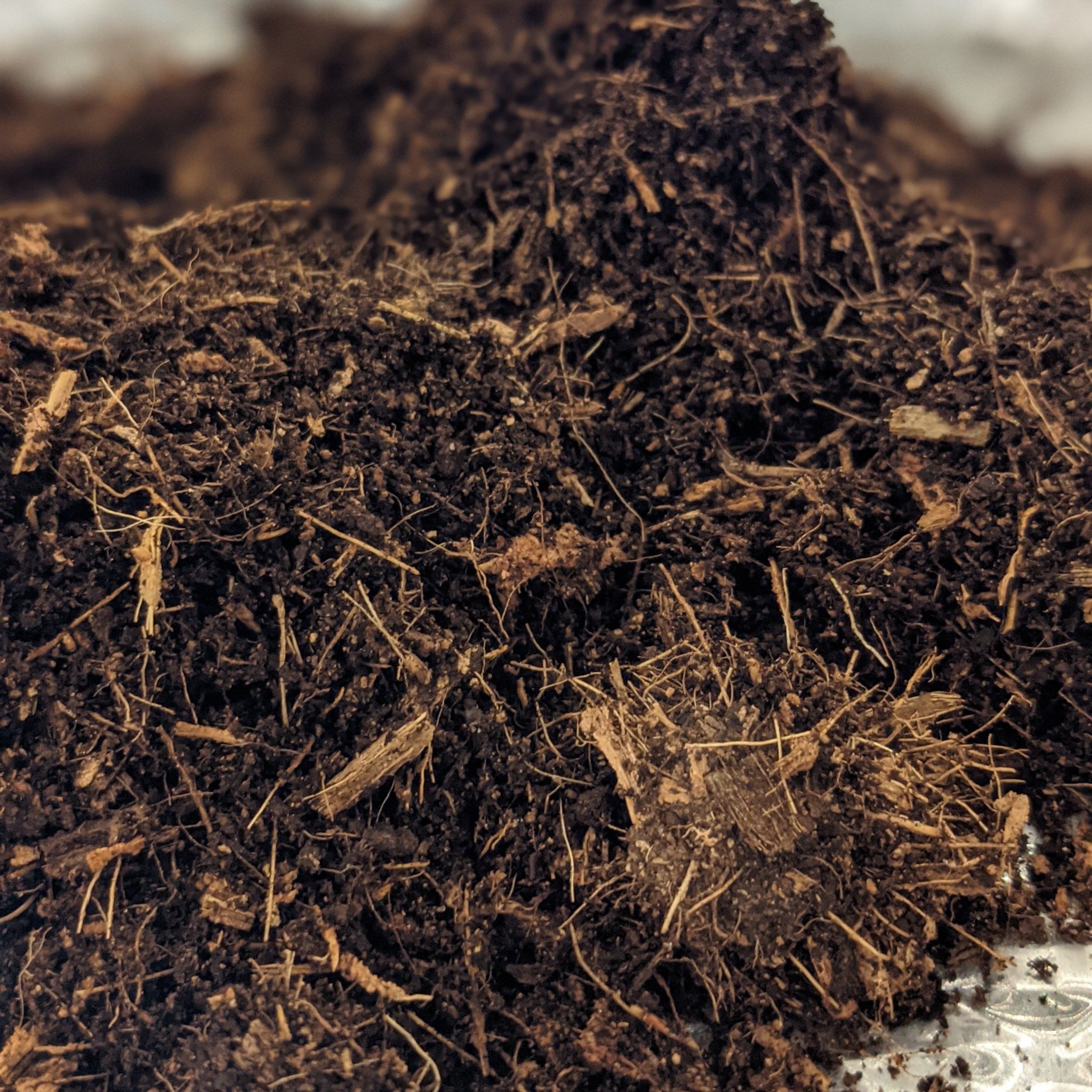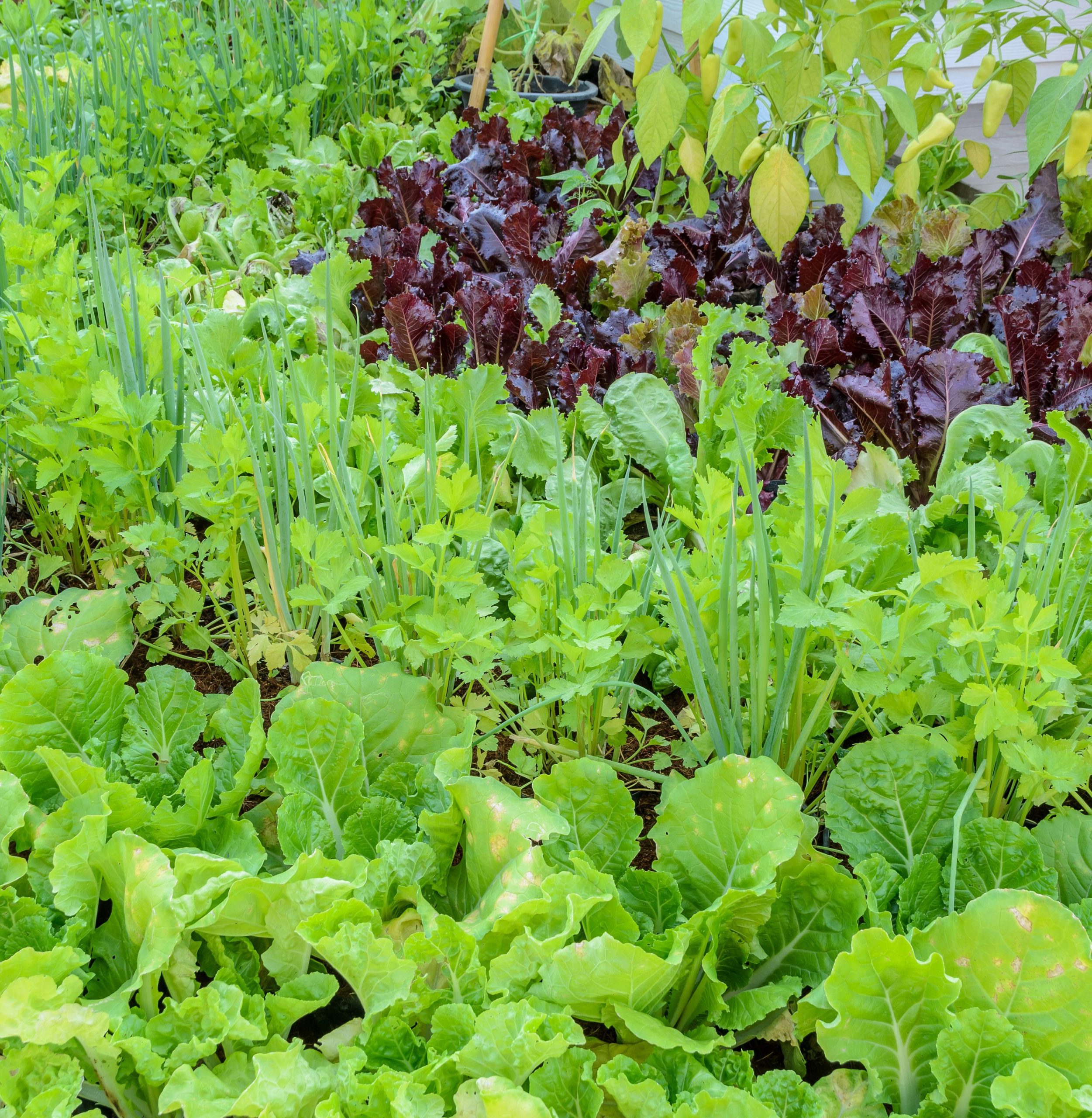Homesfornh.com – Polyculture is a technique to plant and growing various plants in the same soil. The planting process starts from growing the seeds together on the fertile soil. Applying polyculture is beneficial to maximize the harvesting time. The polyculture garden results in more vegetables in a crowded appearance. Even though you have narrow land, this method suits any garden. In the narrow garden, polyculture is helpful to provide healthy ingredients for food for your family. Thus, let’s discuss polyculture and learn this method together in this article. But before that, here are some advantages of using polyculture for your vegetable garden.
- Having various plants in one garden
- Make the soil more fertile because each plant help microorganism to reproduce
- It has fewer pests because the growth
With these various advantages, you can easily create a polyculture vegetable garden at your home. You can grow a variety of vegetables that you want according to your needs. In addition, you can also freely create the concept you want. For that, let’s discuss!
Vegetables for Polyculture
In creating the concept of polyculture in your garden, you need to pay attention to the types of plants that you can use. To grow vegetables, various types of vegetables are most appropriate and suitable for you to grow using this method. Here are a variety of vegetables that can be grown using the polyculture method. Let’s discuss them one by one!
-
Lettuce
Lettuce is a vegetable that tolerates moderate sunlight. This plant lives well in high humidity. Growing this vegetable in your polyculture garden requires moist soil with good drainage. Thus, you should water it every day. An outdoor garden with full sun is fine for lettuce to grow.
-
Broccoli
Some kids don’t like to eat broccoli. This vegetable has a deep green head when it ripes. Broccoli likes to grow in a sunny place. It likes humidity, thus broccoli grows well in moist and well-draining soil. It takes 100-150 days for broccoli to grow from seeds. Prune your broccoli head before it turns to bloom a flower.
-
Carrots
Carrot is a plant that likes full sun. This plant needs consistent moisture soil. The good soil stimulates them to produce tasty carrots. Watering this plant once a week at about one inch when you start growing, then two inches for the next two weeks.
-
Leeks
Leeks can grow under partial sunlight. This plant is a slow grower, thus give them adequate water, water-soluble plant food, and sunlight. Plant the leeks’ seed in summer or spring is a good option, especially outdoor. Most leeks are ready to harvest at least 120-150 days after planting.
-
Tomatoes
The best tomatoes are in their taste. The fresh and juicy taste means that your tomato plants get enough sunlight and nutrition in the soil. Tomato lives well in the rich, loose, and well-draining soil. They like full sunlight for 6-8 hours a day. You need to water them in the early growing season, especially when the soil is dry.
Layout of Vegetables in a Polyculture Garden
In creating a polyculture vegetable garden in your home, you also need to pay attention to the layout of each vegetable you plant. This is very important for you to do so that every vegetable you choose can grow well. By growing these vegetables properly, you can get a variety of benefits provided by each vegetable you grow. For that, the following is the discussion.
-
Lettuce as the Center Plant
Lettuce is a green vegetable that usually you find in a salad. This plant can grow by polyculture technique. Lettuce is healthier when you grow carrots, parsnips, and beetroots around your lettuce. These plants help your lettuce to get fertile soil.
-
Tomato as the Center Plant
Do you like to eat tomatoes? You will find tomato slices in a sandwich. Tomato is a fresh vegetable that commonly grows in a sunny garden. It has a fresh red color when it ripes. To grow this vegetable in your garden, you can give it some good friends. There are carrots, onions, and cabbages that will stimulate your tomato to be happy and healthy.
-
Carrots as the Center Plant
Carrot has many benefits to cook as healthy food. You can add carrots to your salad. It is also the favorite food for rabbits. This animal likes to eat carrots, especially the fresh carrots that get no chemical fertilizer. Planting this vegetable in your garden will save on your money. This plant will survive naturally in your garden if you grow leek, cabbage, radish, onion, peas, and lettuce around your carrots. These plants help your carrots to survive from pests and get healthy soil.
Easy Ways to Create Polyculture
Some gardeners that have a small garden like to grow various plants together in the same garden. They make a medium to grow some plants to get a great harvest. For that, the next topic that we will discuss in this article is a variety of easy ways that you can follow in creating polycultures for your garden. Use the right way, then you will get optimal results from every vegetable you grow in it. Let’s discuss!
-
By Mixing The Seeds
The first way you can do in creating a polyculture garden in your home is to combine various seeds into the right layout. You do not need to arrange every seed you plant too carefully. Most importantly, you can create space to grow well from every vegetable you have according to the right layout.
- The first way is mixing the seeds
Take one spoon of each kind of seed. Pour them in a bowl, then mix them. This step has a function to get a proper combination before you start planting.
- Spread them to the entire surface of your field
After you mix them a bit, give some water to the soil to make it moist. You can spread them directly on the soil. The random position will surprise you for the next two weeks after the buds appear.
- Spread the thin layer of coconut coir
Coconut coir has a loose texture and best for well-draining material. It also absorbs water properly. Spread the coconut coir to stimulate the seeds to grow. It will keep moisture on the surface and prevent the soil to dry quickly.
- Water them regularly
Watering the seeds is a must to do. Regular watering helps their growth every day. Use a watering can to manage water tension without moving the seeds. This step depends on your area. When the temperature is hot then frequent watering will keep them moist. Let the soil dry completely before the next watering for your vegetables.
-
By Classifying Them in Some Rows
The next way you can do this is to arrange each seed that you plant in a neat row arrangement. You can separate any vegetable seed you choose into a beautiful display. This also makes it easier for you to take care of plants according to their type.
- Classify the seeds
This method has the same steps as polyculture by mixing various seeds, but it uses some classification based on the species. Thus, you don’t need to mix them. This method makes it easy to harvest only the plant that you need.
- Create the rows
Make some rows or lines by digging the soil a bit to separate the plant. Don’t miss to check the soil if it has loose textures, moist conditions, and well-draining.
- Put a note on the soil to know the plant
It is important to know the plant that you grow in the row. Since you have some rows, they will grow different kinds of buds for each row. This step makes it easy to use the polyculture system.
Conclusion
That’s our discussion about Polyculture Garden for Your Home : Harvesting Healthy Vegetables Easier. Polyculture is a beneficial technique to grow various plants in the same soil or container. This is a traditional way to have a great harvest. By having some plants together, their natural nutrients from roots will help each other to keep the soil fertile. This technique is also useful for a small garden that wants to grow various vegetables. We hope this article helps you to grow various vegetables in your garden. Keep healthy and happy gardening.

